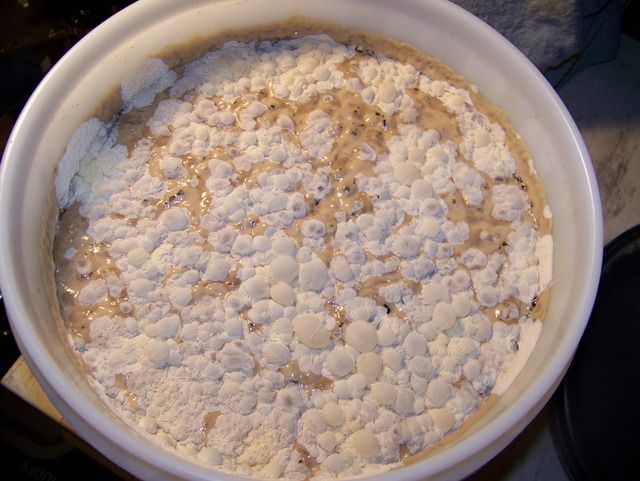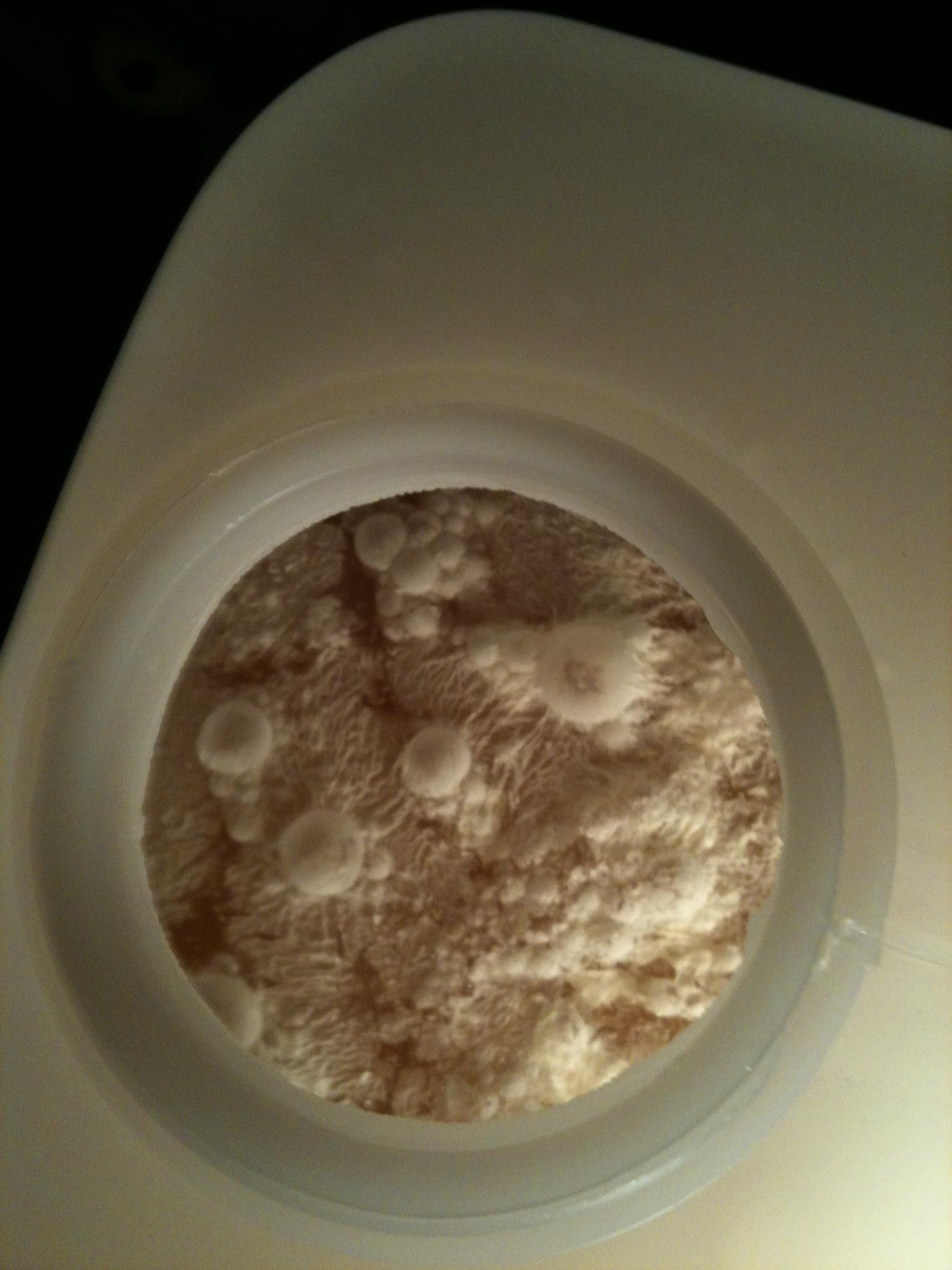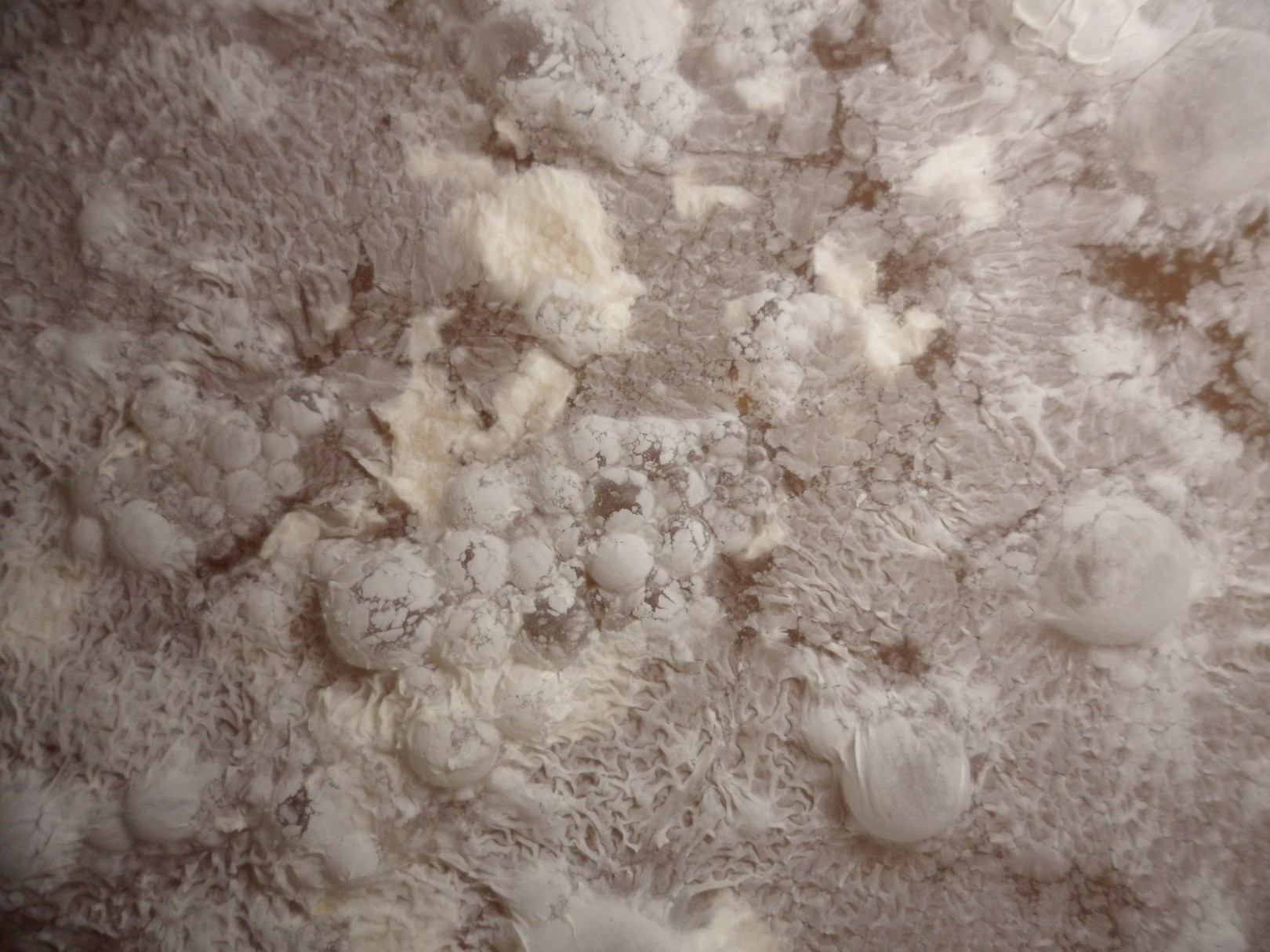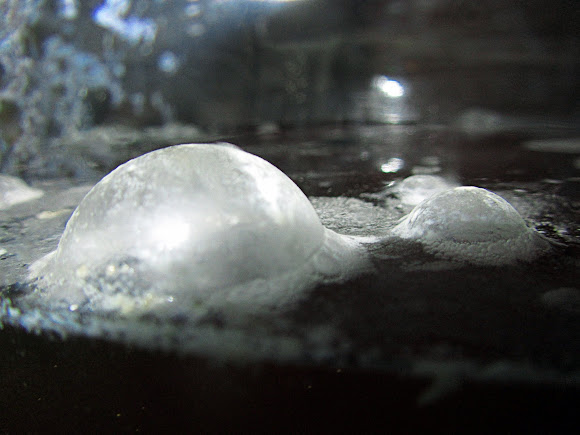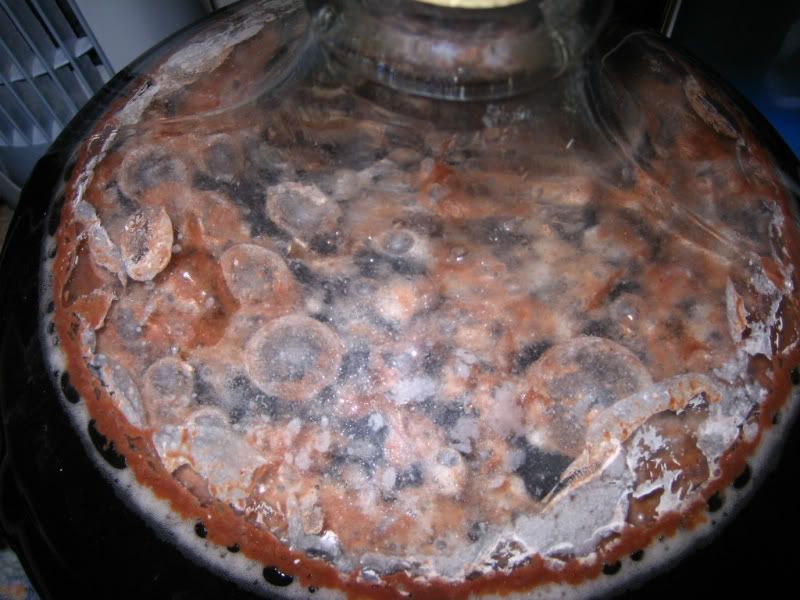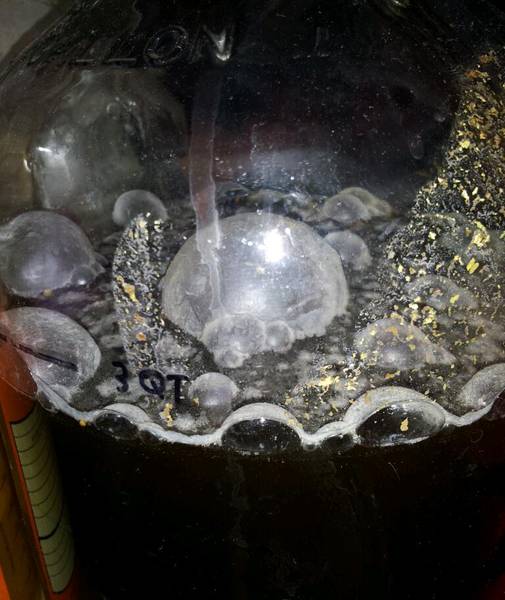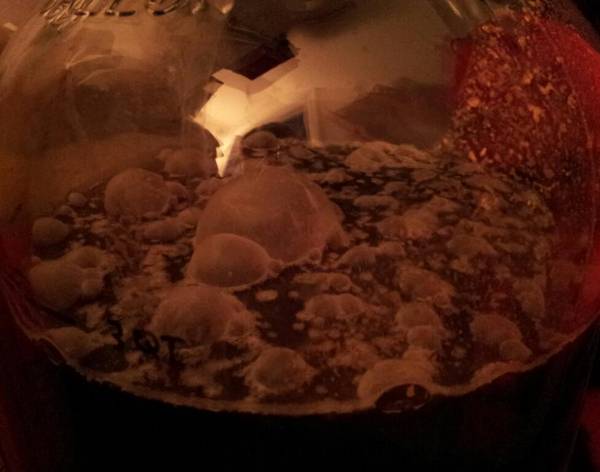I finally have some pellicle pictures to show off.
This is my brett saison. I bottle harvested from Foret. It either had brett in it or I did a poor job of keeping it sterile and it got some brett. No sourness, just funk. This is in a corny keg. It's two months old.
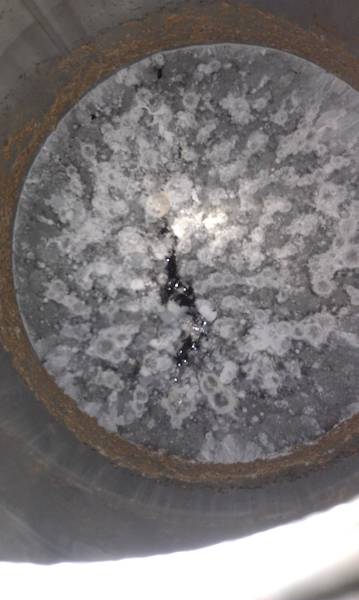
This is down the mouth of my lambic solera. This is the second year filling at about three months old. The pellicle is very thin but starting to get thicker. It started as six gallons, I siphoned out four gallons and replaced it with four gallons of fresh wort.
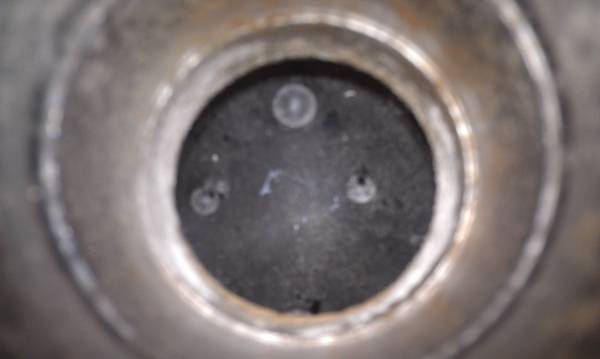
This is a gallon of the first year lambic on its own. It's going to be used for blending in a couple of years to make gueuze. The picture sucks but you can kinda see the pellicle. It's also building up to a nice thick layer.
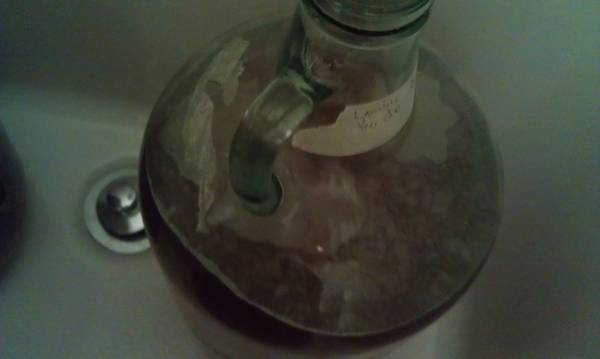
This is another crappy picture but it's another gallon of the first year lambic on raspberries. The pellicle is extremely thin, presumably because the raspberries fed enough sugar to build up a thick CO2 layer than delayed pellicle formation.
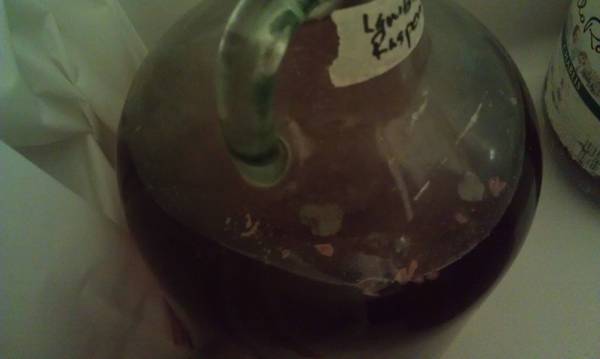
Continuing in my crappy picture skills, this is a sour brown fermented with WLP575, racked to secondary with bottle dregs from a bottle of the first year lambic. I was concerned the dregs would take forever to form a pellicle but this is only a couple weeks old.
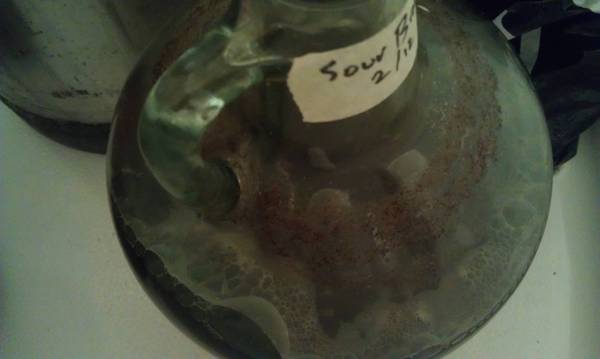
My last crappy pic. This is just one day old. It's an oud bruin-ish sour brown with WLP575 and a blend of probiotic bacteria. It's just an experiment to see if I could produce a flavorful oud bruin-like beer that's sufficiently sour without having to introduce pedio and commit to a long wait. The picture is probably more krausen than pellicle but it's definitely not the usual appearance for WLP575 krausen.
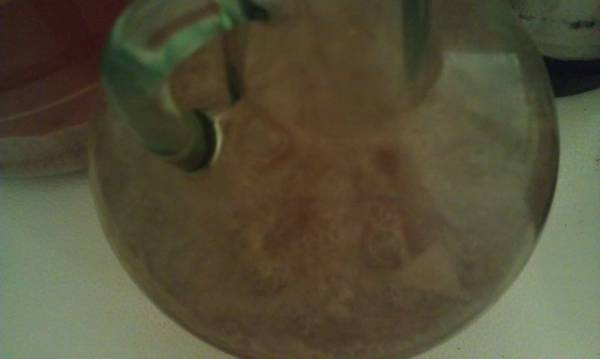









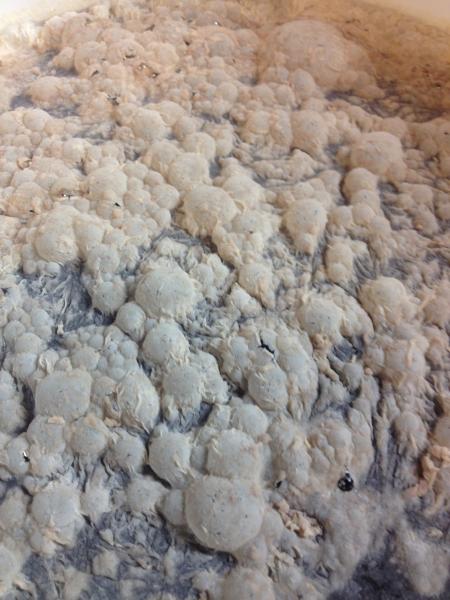




























![Craft A Brew - Safale S-04 Dry Yeast - Fermentis - English Ale Dry Yeast - For English and American Ales and Hard Apple Ciders - Ingredients for Home Brewing - Beer Making Supplies - [1 Pack]](https://m.media-amazon.com/images/I/41fVGNh6JfL._SL500_.jpg)



























